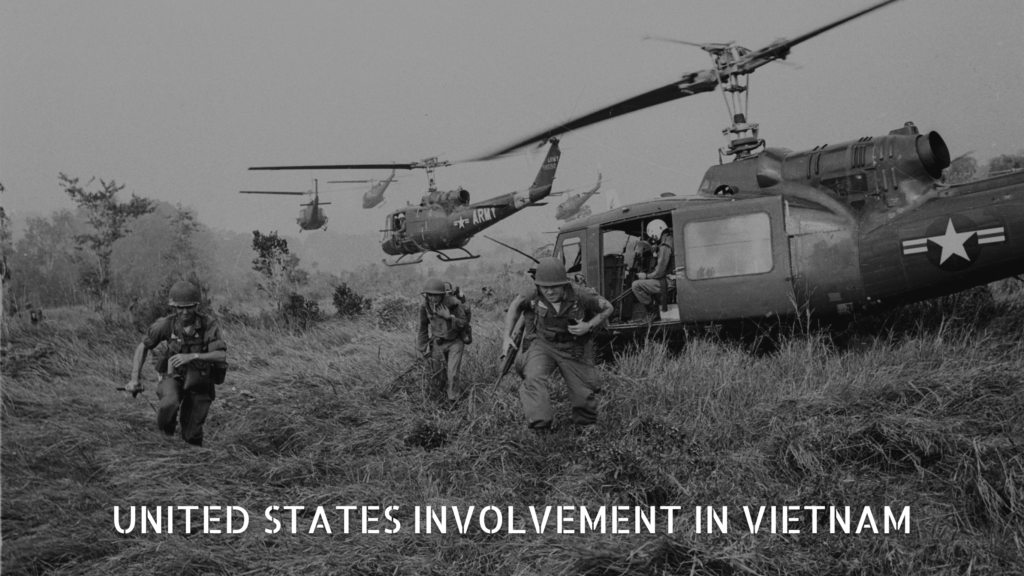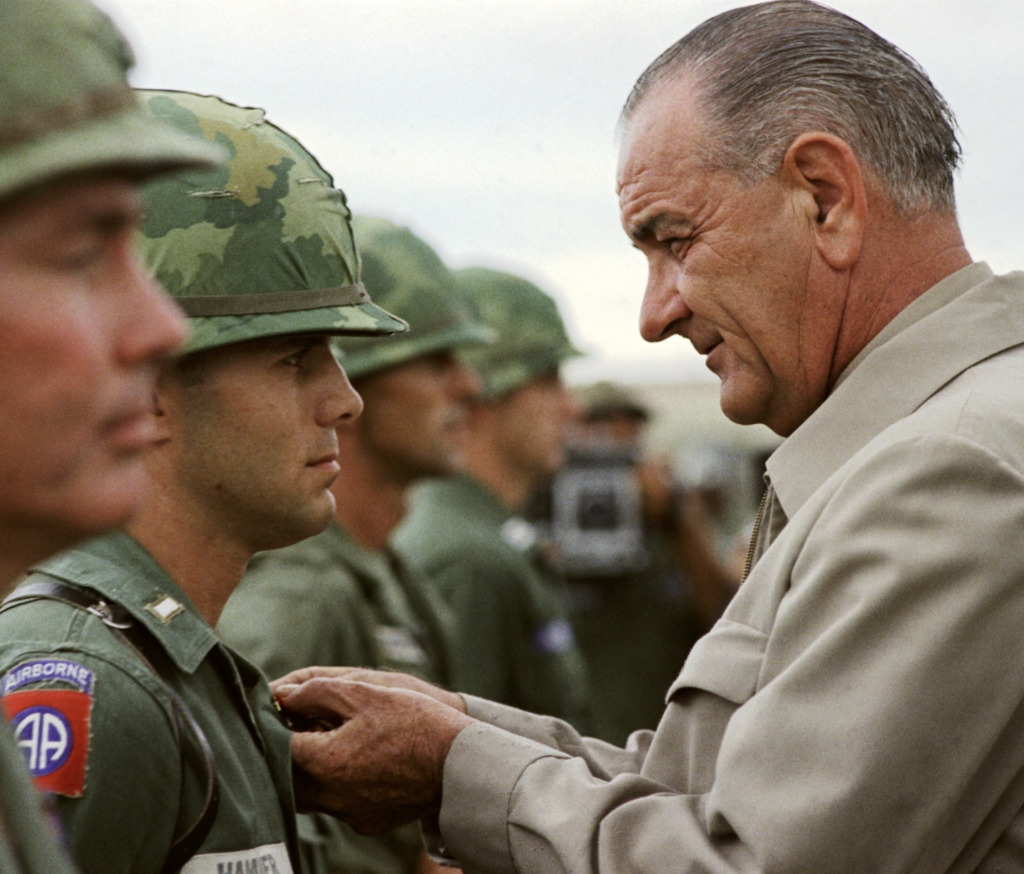Panel One


The Vietnam War pitted South Vietnam and the United States against communist North Vietnam and the Viet Cong. Starting with the deployment of military advisors in the 1955 to combat the spread of Communism in Southeast Asia, America’s involvement in Vietnam steadily increased. In February 1965, President Lyndon B. Johnson ordered the escalation of armed forces in Vietnam, plunging the United States into a full-scale military conflict.
Despite victories on the battlefield, by 1968 the nation’s support for the war began to wane. The escalating cost in lives and money, bitterly divided Americans. Moreover, reports of the mistreatment of U.S. prisoners of war (POWs) held in Southeast Asia, added to the public outcry to end the United States involvement in Vietnam.
In 1968, preliminary peace talks began in Paris. In January 1972, after years of grueling negotiations, a formal peace agreement was signed, ending direct U.S. military participation in the war. However, it wasn’t until 1975, when the South Vietnamese capital of Saigon fell to the communist North Vietnamese, effectively ending the war.



